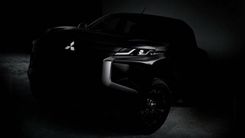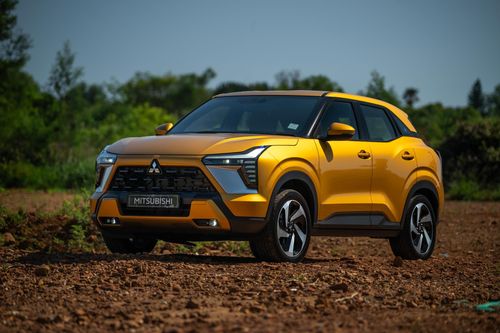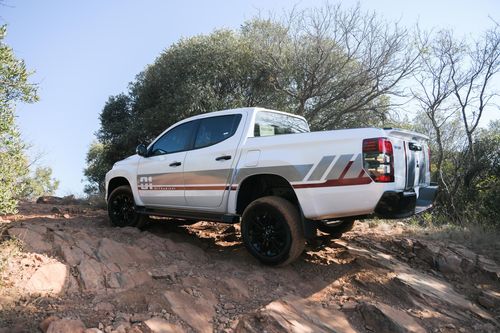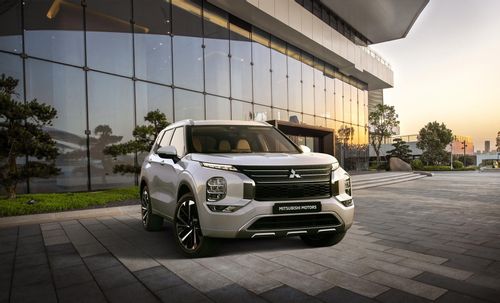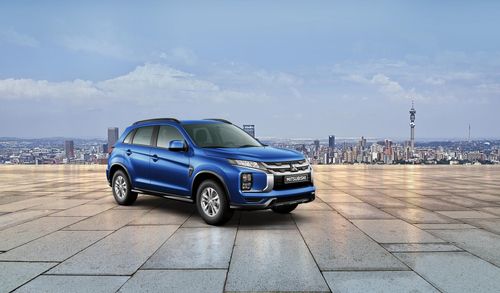It's 1978, and the world is changing. Space Invaders spreads to arcades across the globe and launches the video game industry. The first automated cellular phone network is being built in Japan and Superman takes off in cinemas.
Another product is launched which, over the next four decades, will bring mobility to 4.7 million people – the Mitsubishi 1-ton pickup.
It's a pickup truck that can handle all types of road, anywhere on the planet. It has been developed with a design brief - to meet the desire of customers for a pickup with outstanding reliability, durability and payload performance; with levels of drivability, utility, comfort and ride that are on a par with a passenger sedan.
The first models were appropriately named FORTE, although exports used other badges such as L200, which remain in use today. From the very beginning, the FORTE was engineered to provide tough, dependable transport for people and goods.
The FORTE was developed to provide a 1-ton carrying capacity and yet be as easy to drive, have a combination of rugged reliability, easy-to-drive nature and impressive carrying capacity. This soon made it a firm favorite across the world, from frozen wastes to sun-baked deserts.
To ensure customers could go even further afield, Mitsubishi Motors built on its four-wheel-drive heritage by adding a 4x4 version to the range in 1980. This became the foundation for modern Mitsubishi 4WD vehicles, leading directly to the PAJERO/MONTERO and DELICA.
The pickup, soon renamed TRITON in many markets, had a profound effect on the Mitsubishi Motors' business too. The first and second generation platforms were mainly produced at Mitsubishi Motors Ohe Plant. Since the third-generation model in 1995, production has been concentrated in the Laem Chabang Plant in Thailand, from where they are exported worldwide. It is now Mitsubishi Motors' biggest factory, producing about 400,000 vehicles.
Here is a reminder of the previous generations of the FORTE, TRITON and L200 – and a glimpse at what the near future might hold…
1st Generation - September 1978
FORTE, a 1-ton pickup truck was introduced in Japan and exported with names including the Mitsubishi Truck and L200. The pickup was only available as a single cab, with power coming from either a 2.0-litre petrol motor, a 2.6-litre for the US and a 1.6-litre for Eastern markets. There was even a 2.3-litre diesel variant available.
2nd Generation - March 1986
The first full model change came with the arrival of the second generation, which was now offered in three body types: Single Cab, Club Cab, Double Cab with short and long body styles available with the Single Cab. New 2WD and 4WD drivetrain options were available, with 2.0-litre and 2.6-litre petrol engines and 2.5-litre diesel engine (increased from 2.3-litre).
3rd Generation - November 1995
Thailand was quite the hub for Mitsubishi’s production, with pickups produced at the MSC Thai Laem Chabang plant, from where it is exported worldwide. Together with the new L200 Strada being launched in Thailand, Mitsubishi offered three body variations include Single Cab, Club Cab, and Double Cab for exports. Power came courtesy of 2.5-litre or 2.8-litre diesel engines. Another notable technology improvement was that the L200’s 4WD mechanism was equipped with innovative "Easy Select 4WD" system.
4th Generation - August 2005
The bold new fourth generation Triton was released in Thailand first, with sales in other markets following its Eastern launch. The Triton was available in three body configurations - Single Cab, Club Cab, Double Cab, and engines include a newly-developed 2.5-litre and 3.2-litre common-rail diesel. Drivetrain options are 2WD and a 4WD equipped with "Easy Select 4WD" or "Super Select 4WD" systems.
5th Generation - November 2014
As before, Thailand was the first market the 5th generation was introduced in first, before being made available to other markets. And as before, it was available in three body configurations - Single Cab, double door Club Cab, and Double Cab. Powertrains are a newly-developed 2.4-litre MIVEC diesel turbo, 2.5-litre diesel turbo, and 2.4-litre petrol. Drivetrain options are 2WD and 4WD, with the availability of "Super Select 4WD-II" system, which adopted an electronic actuator.
And the future of the pickup will soon be revealed…

